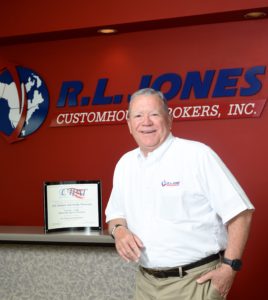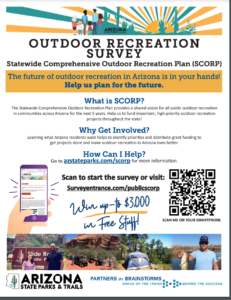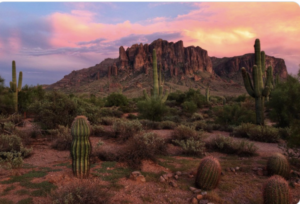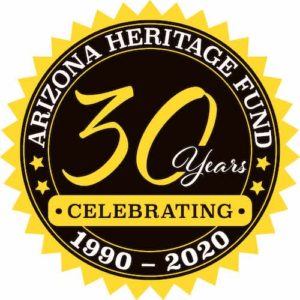Letter to Editor submitted by Arizona Heritage Alliance President, Russell Jones – January 20. 2022
The restored Arizona State Parks Heritage Fund needs to be fully-funded by the Legislature this session
For many of us, our most treasured childhood memories are romping in a neighborhood park or taking a hike in Arizona’s wide-open spaces. Every community in our state, regardless of size, has a place where parents and their children picnic; throw, kick, hit, and dunk a ball; or stare in wonderment at Arizona’s unique flora and fauna. These special places provide wholesome outdoor recreation.
or taking a hike in Arizona’s wide-open spaces. Every community in our state, regardless of size, has a place where parents and their children picnic; throw, kick, hit, and dunk a ball; or stare in wonderment at Arizona’s unique flora and fauna. These special places provide wholesome outdoor recreation.
Historic downtowns and neighborhoods, where previous generations grew up, went to school, and conducted business, have been restored to their original beauty enabling Arizonans to continue to live near their jobs, schools, and local services.
Urban sprawl and destructive fires have impacted our open spaces, and historic buildings and cultural sites have faced destruction as time, the elements, or neglect have taken their toll.
The Arizona Heritage Fund was created in 1990 as a voter-Initiative which passed with over 62% majority. It directed $10 million annually from state lottery to the State Parks Heritage Fund to be used for local, regional, and state parks; trails and open spaces; and cultural heritage sites.
It also created a separate Arizona Game & Fish Heritage Fund, with its own $10 million annually from state lottery revenues. The Game & Fish Heritage Fund uses its money to protect and manage habitat for Arizona’s wildlife.
Since the creation of the State Parks Heritage Fund 32 years ago, over $89 million in grants have been reinvested in parks, trails, open spaces, and cultural sites in communities across Arizona. With local matching funds added in, $207 million has been spent in projects statewide.
In 2010, the state legislative majority decided — as part of their plan to address severe budget shortfalls during the Great Recession — to repeal the State Parks Heritage Fund. Over the twelve years since the State Parks Heritage Fund was eliminated, the Fund has lost $120 million that should have been used for parks, trails, and cultural sites in accordance with the wishes of the voters.
In the 2019 legislative session, SB1241 was passed with bipartisan support, and signed into law. While SB1241 put the State Parks Heritage Fund back into statute, it did not restore the annual $10 million from Lottery revenues.
In the 2021 session, Representative Joanne Osborne (LD13) introduced a Bill to finance the Fund. Osborne’s Bill received strong public support as well as bipartisan legislative support. Through the final budget negotiation process between the House, Senate, and Governor in June of 2021, the outcome was a one-time appropriation of $5 million for Fiscal Year 2022.
As the 2022 Legislative Session begins, with large Budget surpluses and the Arizona Lottery encumbrances have been repaid and removed, the Board of the Arizona Heritage Alliance, other heritage and environmental stakeholder groups, and hundreds of Arizonans who have communicated their views to the Legislature believe it is time to reinstate the funding to the State Parks portion of the Heritage Fund.
It is time to make Arizona’s precious heritage whole again – now and into the future.
Russ Jones is a former State Representative from Yuma. He is currently President of the Arizona Heritage Alliance and sits on the Board of Directors for the Arizona Power Authority, dealing with the water and power needs of Arizona.





You must be logged in to post a comment.